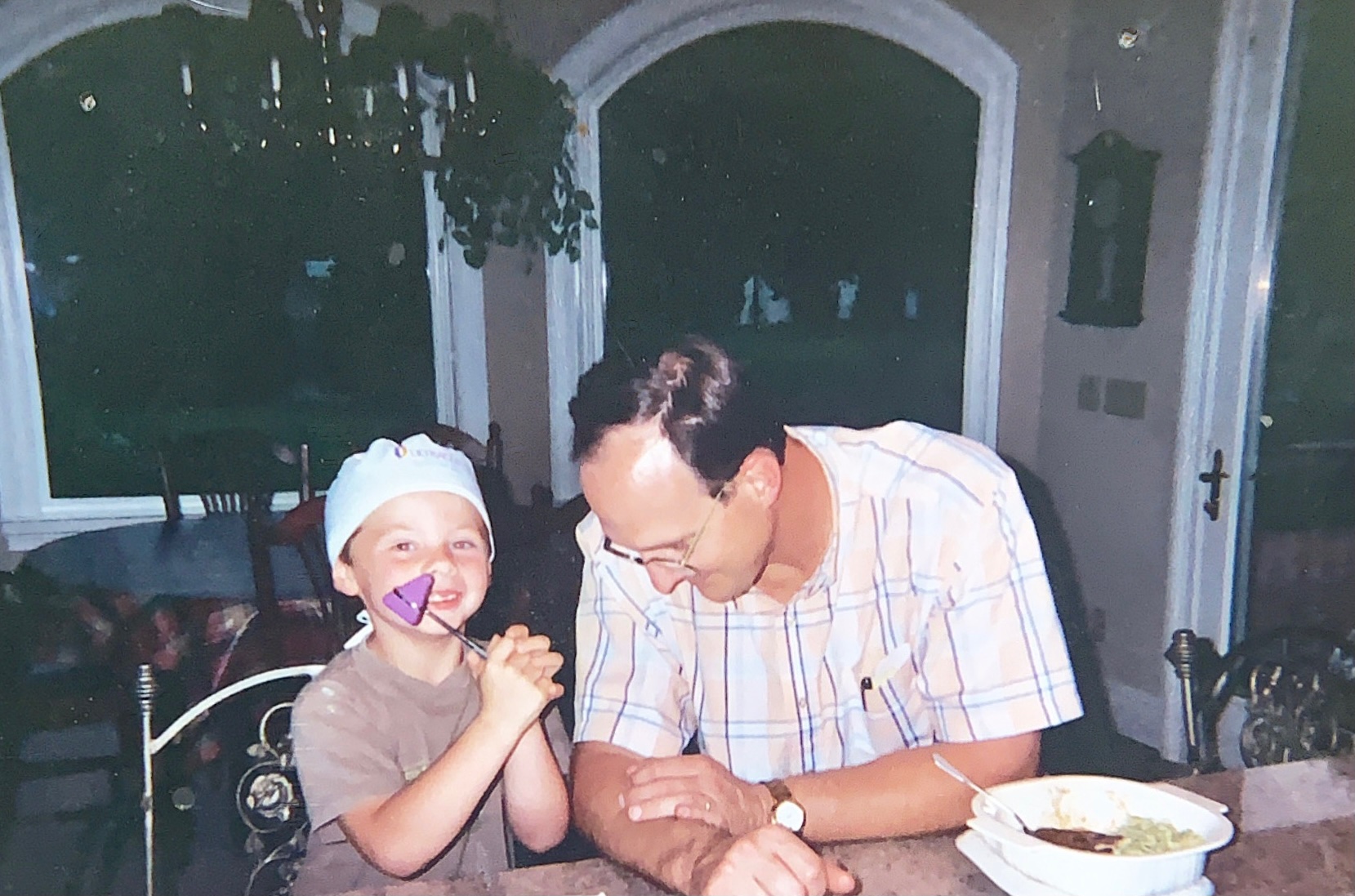 Recently on a walk, a good friend asked if I was ready for graduation. I had no legitimate answer with how inconclusive the last year and a half feel. The things I immersed myself in the first half of my Duke career have almost entirely changed – either in form or by being essentially dropped in the virtual world.
Recently on a walk, a good friend asked if I was ready for graduation. I had no legitimate answer with how inconclusive the last year and a half feel. The things I immersed myself in the first half of my Duke career have almost entirely changed – either in form or by being essentially dropped in the virtual world.
However, this bleak outlook does not faithfully capture the entirety of the past 14 months. In particular, RJ has miraculously retained its potential for connection and buoyed a year filled with unforeseeable challenges. My most reliable times of levity and release came in the form of circling, even in its virtual form.
This year I have been truly privileged, as my former co-teacher Alejandra put it, to teach a course about restorative principles to fellow Duke students. This class has become my personal sanctuary. I formed a genuinely deep bond with both classes in a time characterized by the lack of interpersonal connection. With RJ, the distance doesn’t seem to matter the same way. I owe all of the people who have been in my class an expression of gratitude for forming a space that showed me that.
However, the course did not only provide a personally important space. It showed me how RJ can always teach something new, even to those teaching it. I so frequently felt that my students were teaching me more than I taught them as their perspectives illuminated materials and topics in a unique way.
This dynamic reveals a fundamental part of RJ. No one owns the process. While there are people who keep the space, they simply do that. Maintain rather than create. Rather, it is the members of a circle who make a circle what it is. Each person teaching others as they teach from their perspective.
I came to embrace the feeling that I was the one learning, even though I had the technical term of being the teacher. It wasn’t a failure on my part. Rather, it was a success of allowing others to truly occupy a space and share what occupies their mind.
I believe there is relevance to this for other aspects of life. Often, we become preoccupied with what our expertise to offer is. Undoubtedly, mastering topics and disseminating one’s knowledge is invaluable. Yet, in that process, we should try to not lose sight of the inflections of teaching offered by the people you teach. Their perspective will cause yours to deepen as well.

